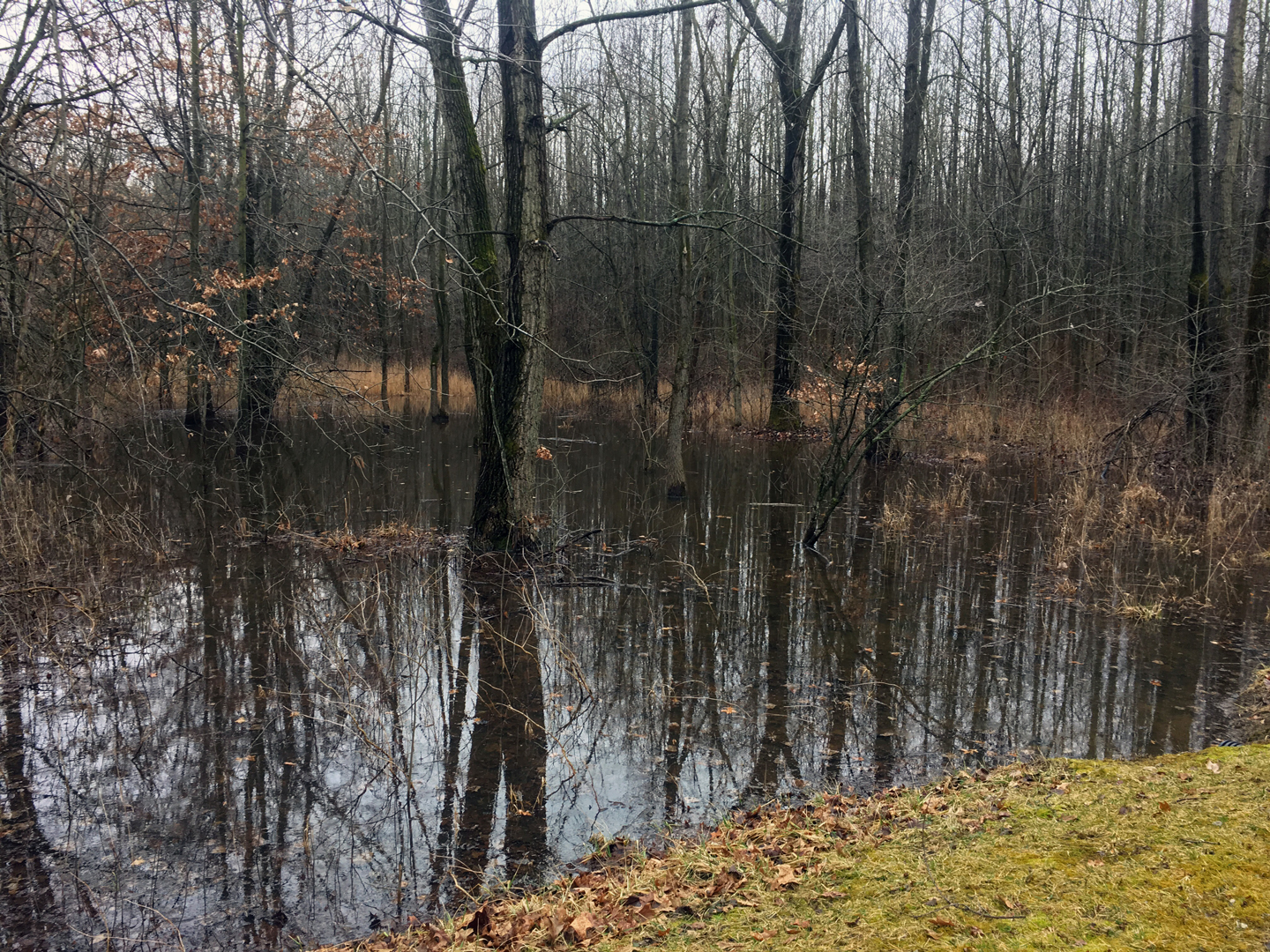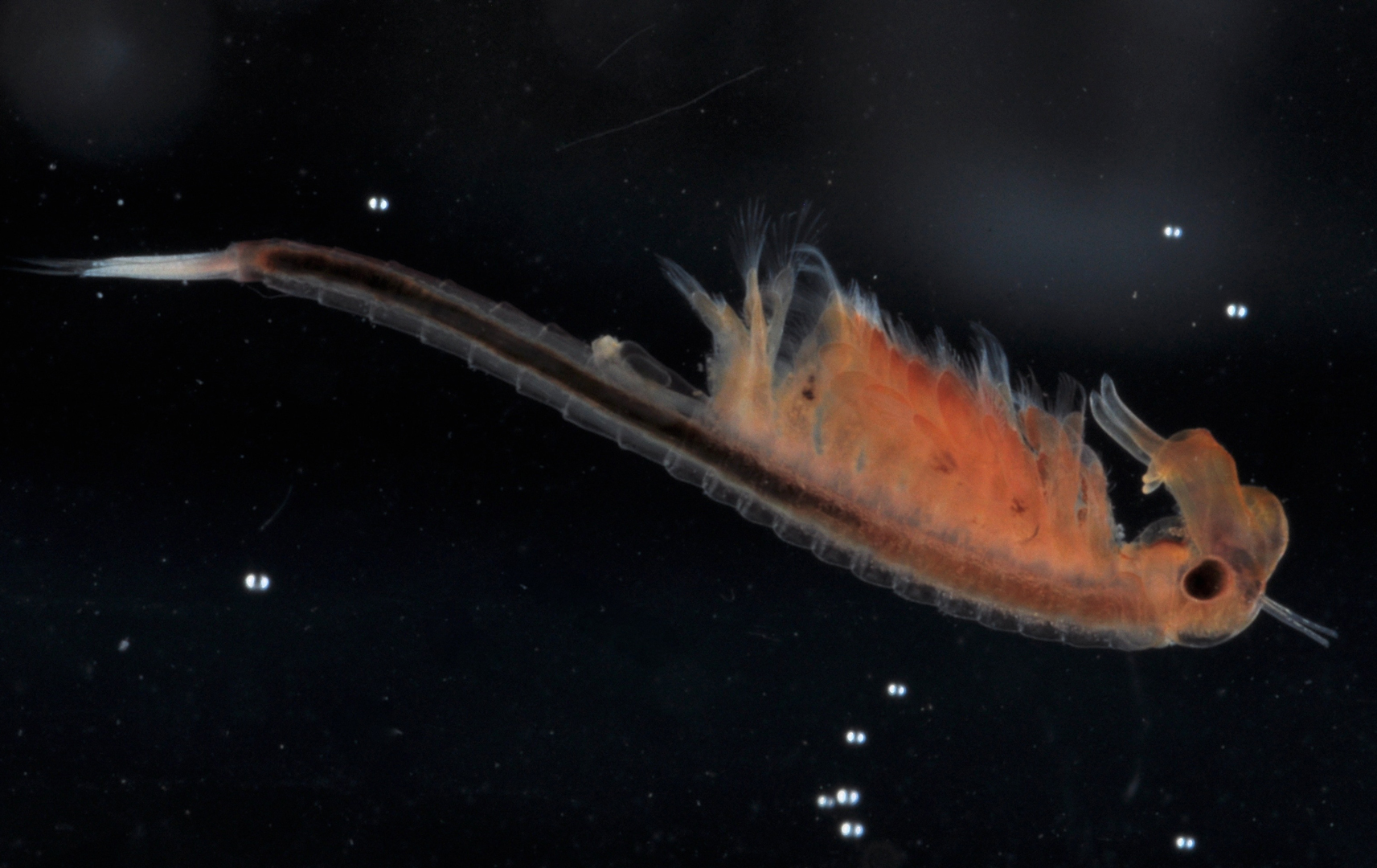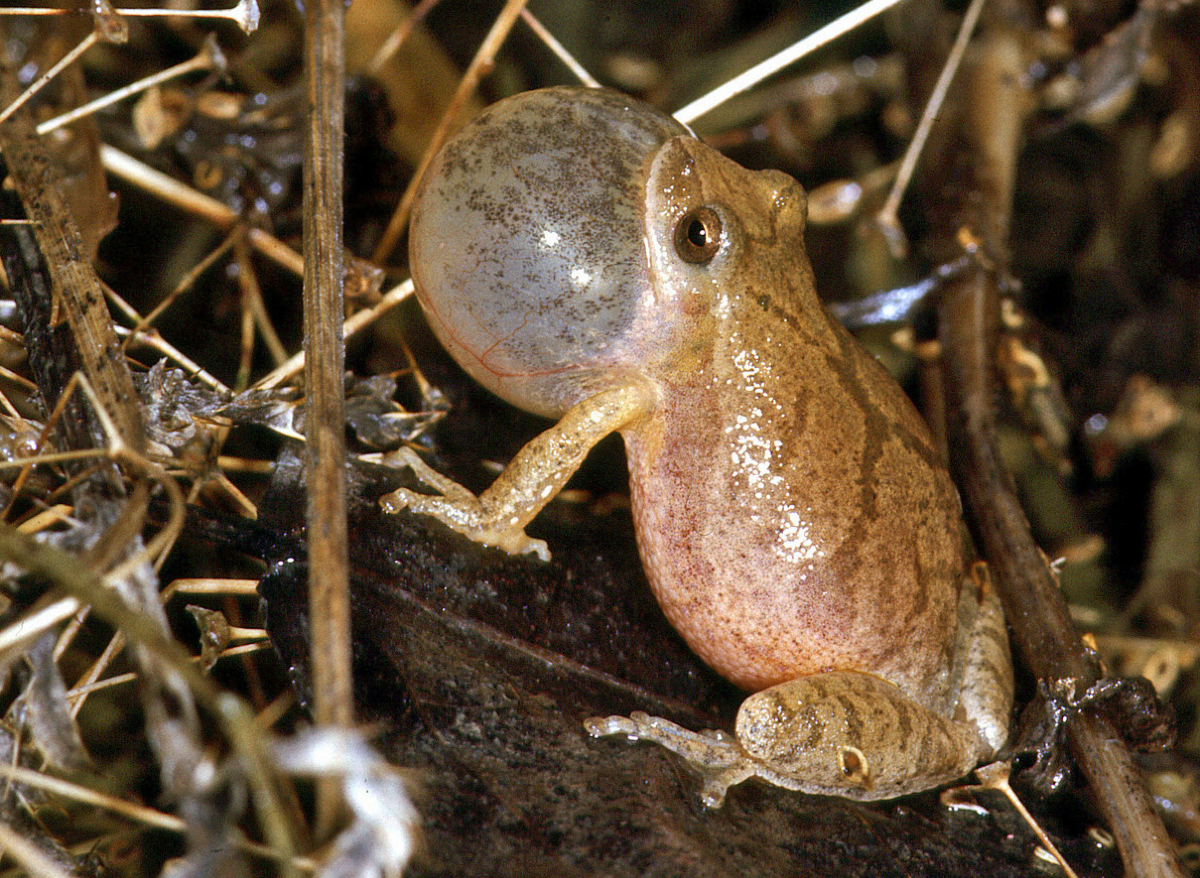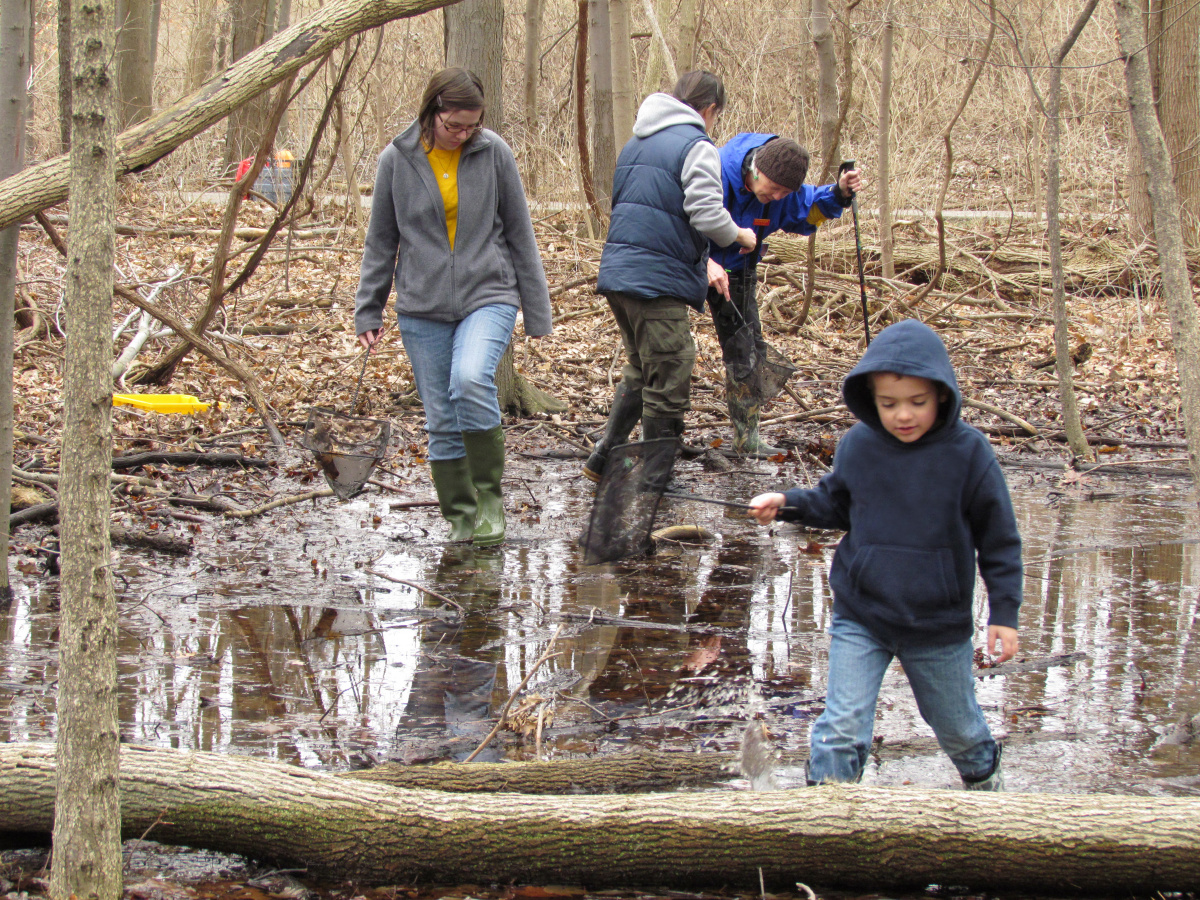ANDREA KRAVA, Blendon Woods/Rocky Fork Senior Naturalist

We’ve definitely had our fair share of snow and single-digit temperatures this winter. By late February to mid-March we’ll start having warmer days (by warm, I mean in the 50s) and rain instead of snow.
This change in temperature and weather not only starts to lift our spirits, but also thaws the frozen ground, brings water into vernal pools and awakens swamp creatures that have been hibernating in and around these areas for months. Critters such as salamanders, frogs, bugs and their eggs, and babies are coming soon to a vernal pool near you!

Vernal means “Spring”
A vernal pool is a low, wet area that becomes saturated and filled with water when the snow melts and spring rains come. These areas can be in the woods, in fields or any low spot on the ground that temporarily fills with water.
Vernal pools are called many other names like swamp, bog, pond and wetland, even though each of these terms have their own technical, scientific definition that differentiates one from the other based on things like depth, size, chemical makeup, animal or plant presence, etc.
Water in vernal pools tends to evaporate and leaves the pool completely dry in summer (or wet only underground). Because vernal pools evaporate, fish are never found in them. Animals, like amphibians, start their life in water but later grow legs and can walk on land, so they thrive in vernal pools.
What you can see in a vernal pool
The bigger creatures you should look for in a vernal pool include frogs, toads and salamanders. Many of these animals come out at night, so seeing them in large masses is not always possible, unless you are led to a pool by a naturalist on a program.
However, some are still visible during daytime. Look on the edges of the water for singing frogs and toads, in deeper water for salamanders swimming, and underneath rocks and logs around the pool for any of them hiding during the day.
You can also use a net to scoop through any leaf litter in a pool to find macroinvertebrates (for example: small insects, worms and arthropods) with fun names like copepods, isopods, water fleas, fairy shrimp, springtails and phantom midges, amongst many others. You might even find a leech.
If you happen to see areas of what looks like small popcorn pieces scattered on top of the leaf litter, you found spermatophores deposited by male salamanders. Female salamanders need these to fertilize their eggs, so there are usually egg masses nearby too. There are certainly some strange things found in vernal pools.

Listen for vernal pools
You may not realize that you are near a vernal pool until you hear one! Because vernal pools dry up so quickly, all of the animals in them are on a mission to find a mate (or mates) and breed. They sing, trill, peep, croak, quack, whine and make various other noises to find mates.
Spring peepers make a peeping sound, wood frogs sound like a flock of ducks quacking, chorus frogs sound like the noise a comb makes when you run your finger over the tines, green frogs sound like a plucked rubber band and American toads make a high pitched trill.
We also have the less common Fowler’s toads in some of our parks. To me, they sound like the noise Jim Carrey makes in his famous movie “Dumb and Dumber” when he asks two other characters if they “want to hear the most annoying sound in the world!” (Search for both the toad and the annoying sound on the internet).

Vernal pools in Metro Parks
There are many parks that have vernal pools such as Battelle Darby Creek, Blacklick Woods, Glacier Ridge, Highbanks, Rocky Fork and Sharon Woods. Since there’s a lot of life coming to vernal pools near us, we’re highlighting the vernal pools and wet areas at Rocky Fork this spring with a brand new program called “Vernal Pool Extravaganza!” It’s on Sunday, March 11 from 1-4pm.
Scientists and naturalists will take visitors to the pools to search for frogs, salamanders, eggs and macroinvertebrates (small insects) and we’ll have crafts and activities at the shelter. Join us for this first-ever program. Wear boots or shoes and clothes that can get wet.
We hope to see you there or at any of our vernal pools and programs this spring. YOU should be coming soon to a vernal pool!
